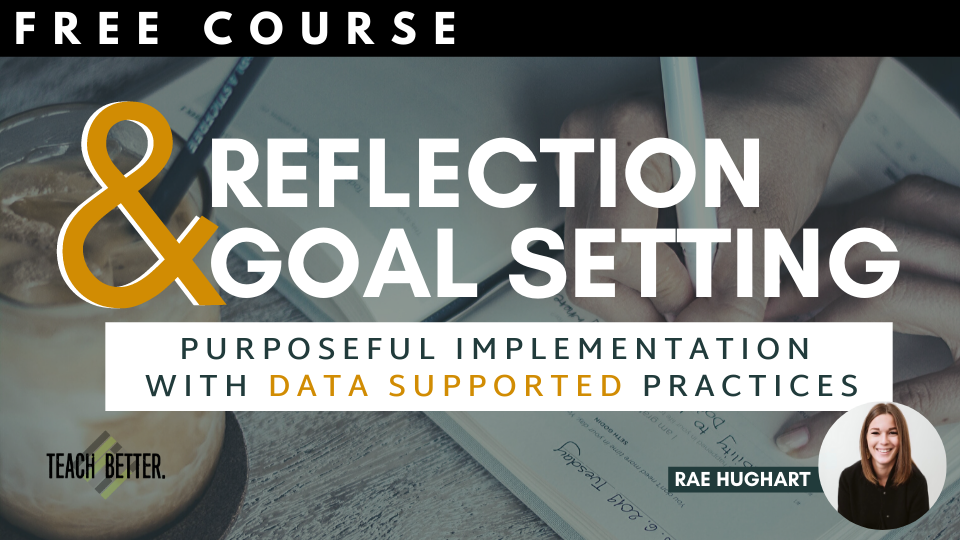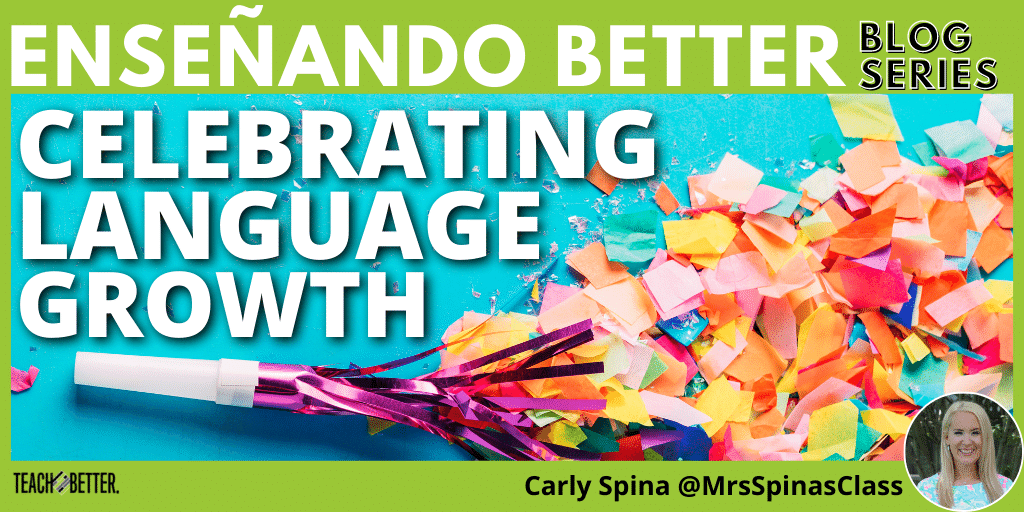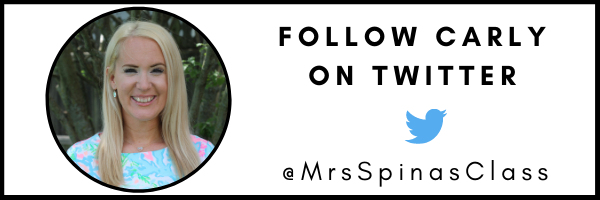TL;DR:
- As we look at students’ various data points, we can take a moment to acknowledge and celebrate language growth and also set goals for our instruction in the upcoming school year.
- Test scores are just a snapshot of a moment in time.
- Students can speak better on topics of interest.
- Children speak better with those whom they’re familiar.
- Reflect on your teacher and make sure you’re teaching good language skills within your classroom.
Testing
Each US state is required to administer an annual assessment of language proficiency for students who have been identified as a multilingual learner. For example, WIDA states administer the ACCESS test once annually to measure English language proficiency growth across reading, writing, listening, and speaking. Each year, typically sometime in the spring or summer, multilingual educators receive their scores back.
As we look at students’ various data points, we can take a moment to acknowledge and celebrate language growth and also set goals for our instruction in the upcoming school year. Click To Tweet
Moment in Time
One thing that is important to recognize is that each of these assessments represents a snapshot of a language moment. As we know, language doesn’t exist in a vacuum. Language expression is not always easily measured! For example, let’s zoom in on speaking scores.
Topics of Interest
Have you ever received a speaking score for a student and you felt that it didn’t accurately reflect the students’ abilities? You may be correct! Let’s break this down. If I am passionate about something or I have an interest in something, I will likely be more excited to speak about it. When I am excited to speak on the topic, I may have more to say about it. As I speak about a topic, I can pull in my experiences and my knowledge on the topic. My experiences with the topic and my excitement about it may influence the language choices that I utilize.
If I was talking about the engine of a Lamborghini, I personally may not have a lot to say about it. The content-specific vocabulary that I may need will not be available to me if I didn’t learn about it recently. If I was asked to talk about the importance of Brown vs. Board of Education, my favorite children’s books, or animal rescue, I would be able to pull a lot of content-specific vocabulary to support my message.
Audience
Another component to consider is the audience. If I am speaking to a friend to that I feel very comfortable talking with, it is likely that my affective filter will remain nice and low and my expressive language can more freely flow. However, if I have to speak publicly to a stranger about the topic, I may feel a little more nervous or uncomfortable. Additionally, if I have to use an app that I feel less comfortable using, that may also influence how comfortable I am expressing my thoughts or ideas.
Reflection
Looking at language assessments through the lens of a snapshot of a language moment can help us and our students think about the ways in which we use language for a variety of purposes and audiences all year long. We can ensure that our instruction incorporates both interpretive (listening, reading, and viewing) and expressive (speaking, writing, representing) language opportunities for all students.
Ensuring that every educator views themself as a language teacher is also paramount—language development doesn’t stop when students leave the EL teachers’ classrooms! We can also ensure that as instructors we provide our students with a variety of formats and platforms for language expression (creating a video, infographic, essay, audio clip, words, sentences, dialogues, speeches, debates, poems, posters, etc.).
Finally, we must be mindful that while we may be teaching English language skills, we still must be intentionally and actively incorporating our heritage language(s) into our learning environments. Language is tied to identity! Let’s continue to invite students to use their full linguistic repertoire as they move throughout the school and community.
[scroll down to keep reading]
Celebrate Growth
When we receive scores back from an annual language assessment, we can celebrate language growth with students, no matter what their scores may indicate. It is so important for us to remember that language doesn’t exist in a vacuum! Language ebbs and flows based on many different factors.
Let’s encourage our students to think about language growth as a fun (and sometimes funny) process. Asking questions like, “What are a few words/phrases that you’ve enjoyed playing with this year?” My third graders would tell you that they loved playing with the word “colleague” because it made them feel fancy! Here are a few questions to get your students thinking and reflecting on their language growth.
It is so important for us to remember that language doesn’t exist in a vacuum! Language ebbs and flows based on many different factors. Click To TweetEvery student has grown a lot this year! Language development is an ongoing journey that is worthy of celebration. Let’s continue to take note of all of the incredible things our students do each day.
About Carly Spina
Carly Spina has 15 years of experience in Multilingual Education, including her service as an EL teacher, a third-grade bilingual classroom teacher, and a district-wide Multilingual Instructional Coach. She is currently a multilingual education specialist at the Illinois Resource Center, providing professional learning opportunities and technical assistance support to educators and leaders across the state and beyond. Spina enjoys connecting with other educators and leaders across the country and beyond and is an active member of the multilingual education professional learning community. Her first book, Moving Beyond for Multilingual Learners, was published in November 2021 by EduMatch Publishing and is available on Amazon.




